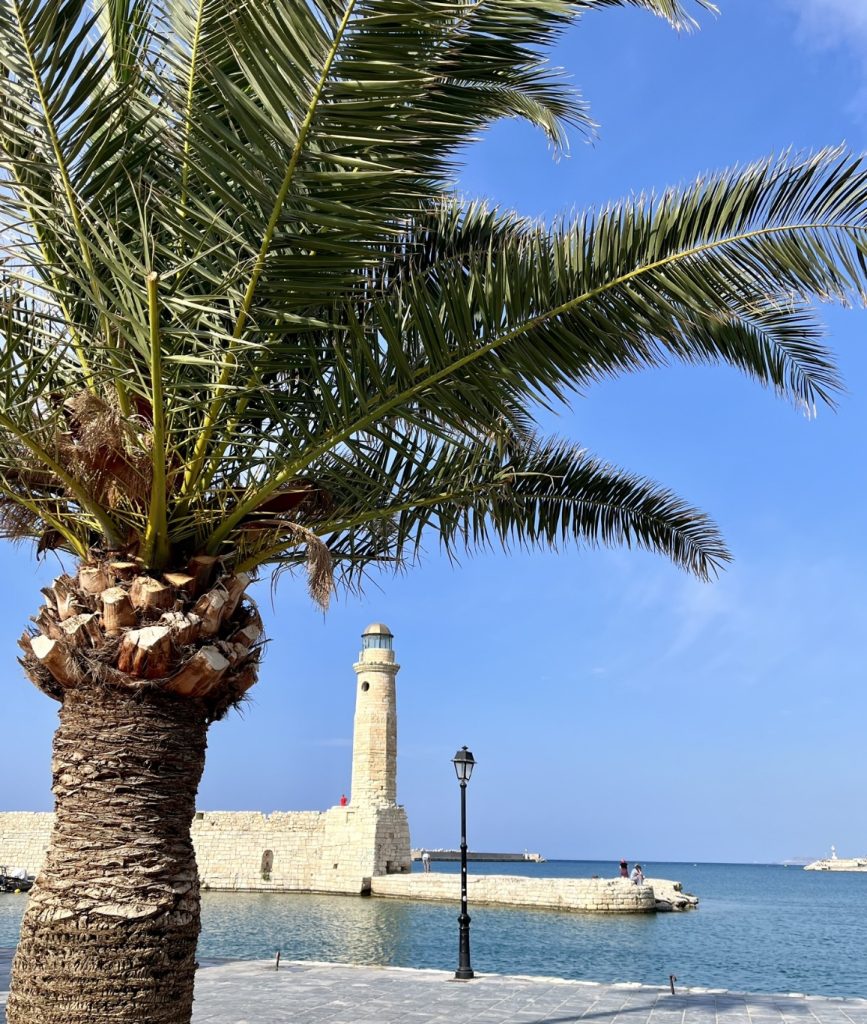
Rethymno
Another lighthouse, another Venetian harbour.
I’d planned to be in Chora Sfakion today, a four hour boat ride along the coast. But I didn’t fancy it in the thunderstorm that was due, and last night I remembered that Josie and Lauren (daughter and partner), were arriving on Wednesday. So I decided on the 7.00am bus to Chania, a two hour ascent and descent of the towering White Mountains, and then a second bus on to Rethymno on the north coast. The thunderstorm never materialised, although ominous clouds hung over the mountains.
I’m staying a short walk from the old town, another Venetian gem, where I found a cheap flat rental overlooking the sea (pic below), owned by a lovely couple, Stavros and Maria, who couldn’t have been more welcoming. A holiday within a holiday. I’ll stay put here for a week and meet Josie and Lauren next Monday when their friend’s four day wedding shenanigans are done.
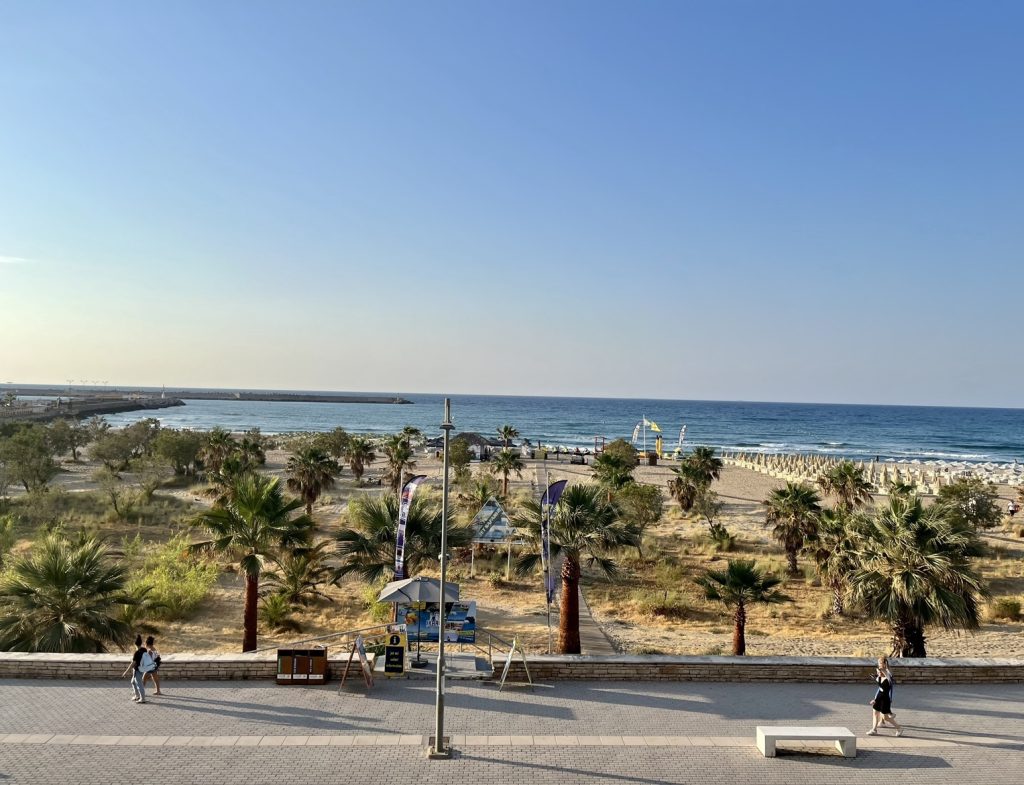
There’s lots to see and do in this beautiful city, marred to a certain extent by the vast number of tourist hotels and facilities along its beach, a long stretch of sand almost as far as the eye can see.
But the old town and its history give it an edge, with its maze of ancient, narrow streets and the vast, imposing Fortezza. It’s the largest Venetian castle ever built, designed by an Italian military engineer as a defence against Ottoman invasions and pirate raids, of which there’d been many. Completed in the late sixteenth century it took several years to build and the toil of over a hundred thousand Cretans, and forty thousand pack animals.
Update
I had a wander the following day and have posted a few photos of the Fortezza further down the page.
Sunrise
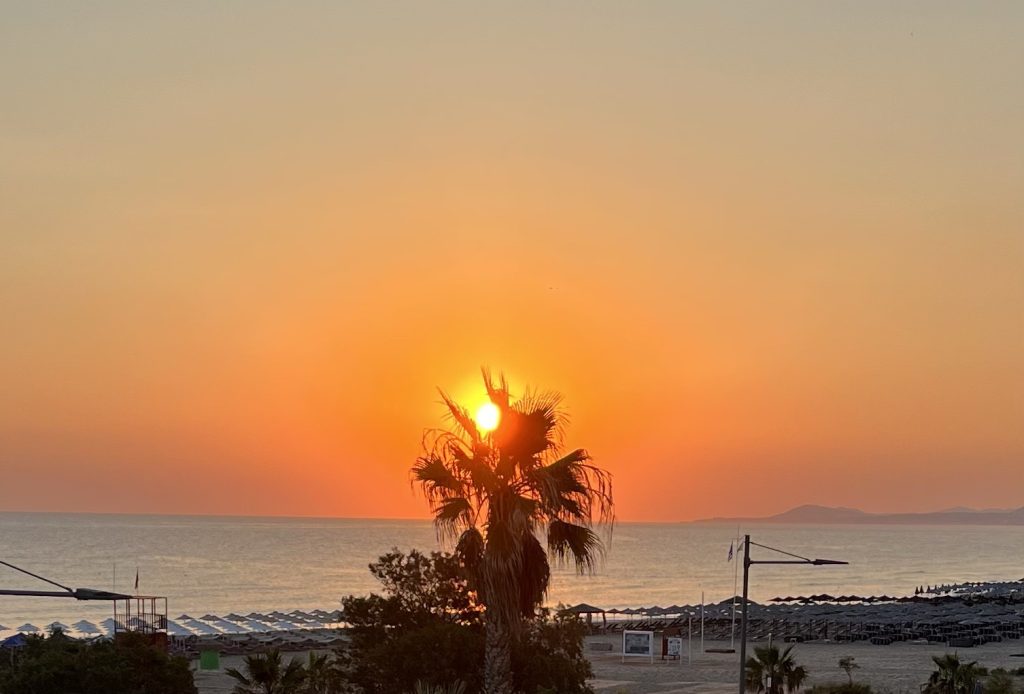
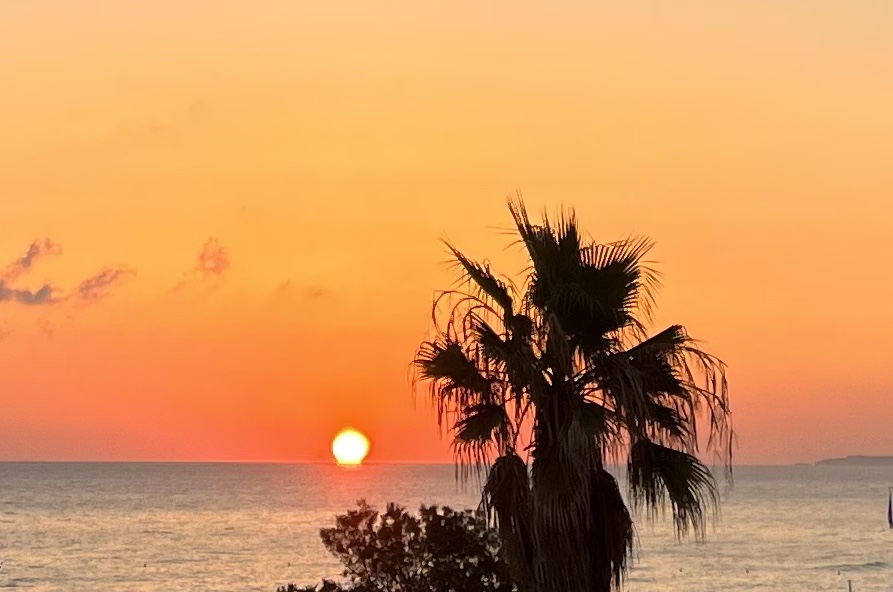
The Fortezza
I’m no history buff. I failed history exams at school, which seemed to be all about English kings, queens, battles and dates. Perhaps it was uninspiring teaching or the strictures of the syllabus, or both, or me. All I know is that none of it floated my boat at the time.
I defy anyone stood facing something as grand and awe-inspiring as the Fortezza, however, not to have their interest in its history piqued, if only a smidgen. I wandered round it this evening and couldn’t get enough.
It was built by the Venetians, who occupied Crete for 465 years (1204-1669), as a protective bulwark against attacks by Ottoman invaders, and Turkish and Algerian pirates, which included the famous Barbarossa. Such pirates were feared throughout the Mediterranean, around which they roamed engaging in bloody attacks, capturing ships, plundering treasures, raising whole towns to the ground and taking prisoners to use as slave labour back home. The importance of building the Fortezza was considered essential after the destruction of Rethymno in 1572 by the Ottoman pirate, Uluc Ali.
This is the way in, or not if you were a pirate, given the size and thickness of the doors, which I think were wrapped in lead, and the length of the tunnel, which they’d presumably fill with stuff if one came knocking.
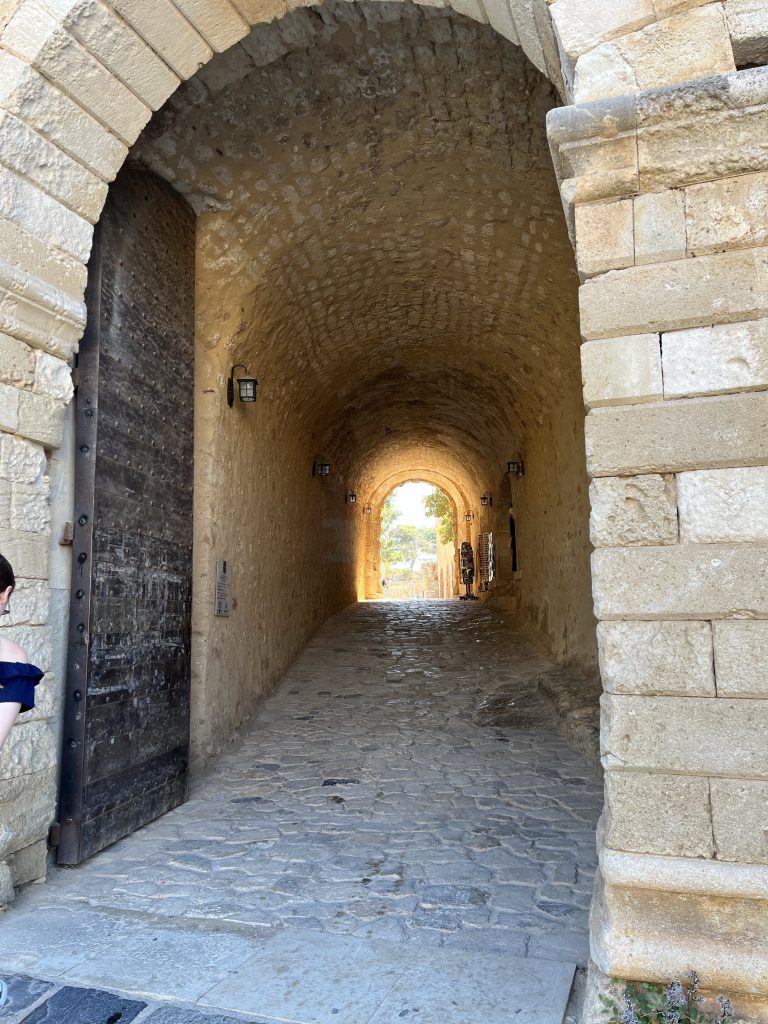
Despite its design by a military engineer and its imposing size, in its first real test the Fortezza didn’t stand up to the task. It fell ingloriously to Turkish conquerors in 1646. I’m not sure how the military engineer fared subsequently. I suspect he may have got something a bit pokier than an official warning.
But flop as it was at what it was supposed to do, it’s an impressive edifice nonetheless. It houses a mosque that was once a cathedral (lots of that went on, and vice versa), a council building, two churches, a bishop’s residence, a rector’s house, an armoury, two gunpowder magazines, storage rooms and several water cisterns.
Documents from the period record that it had two storeys, forty-nine doors, eighty-one windows, two staircases and numerous balconies.
I took loads of pictures while there. Here are a few.
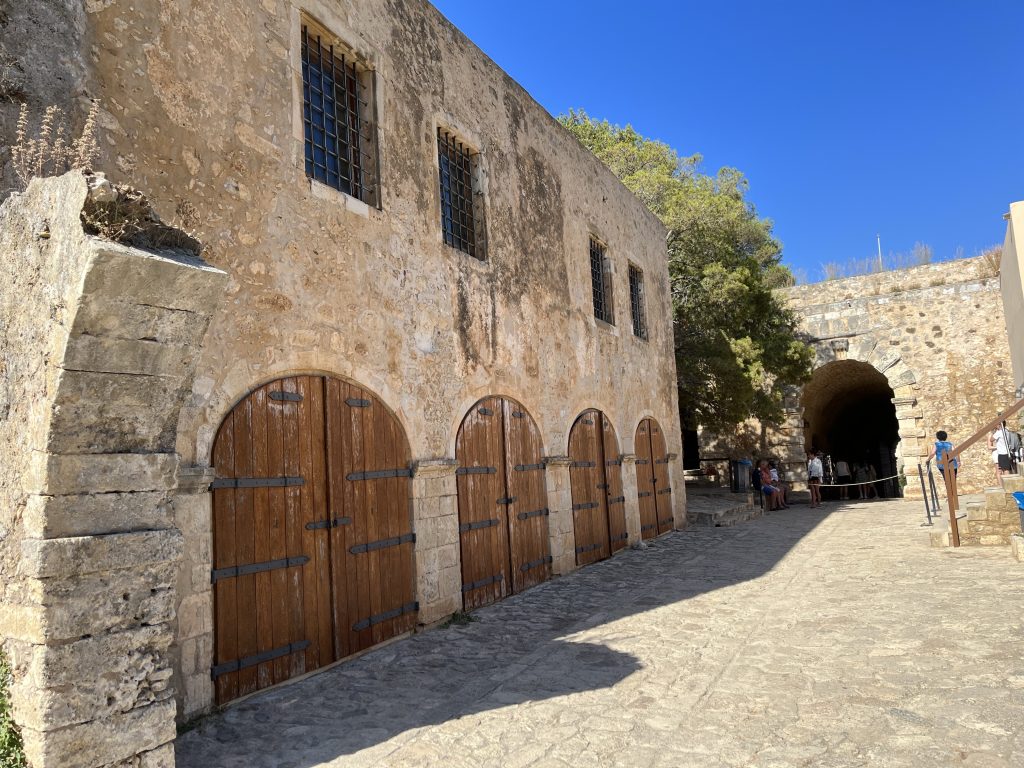
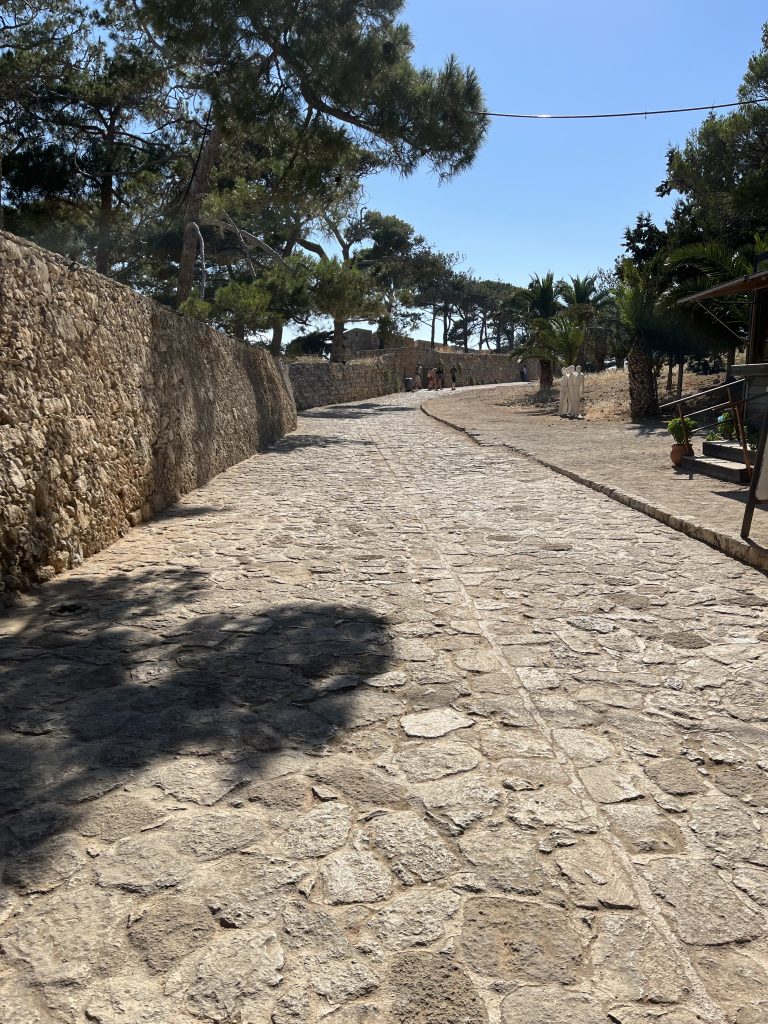
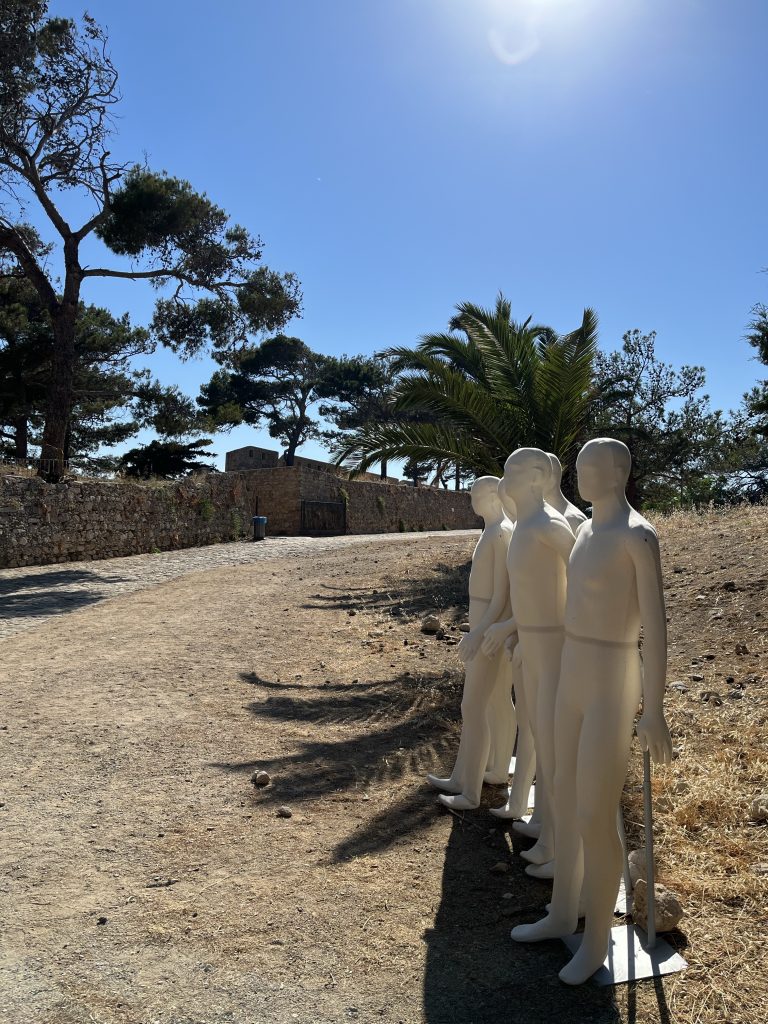
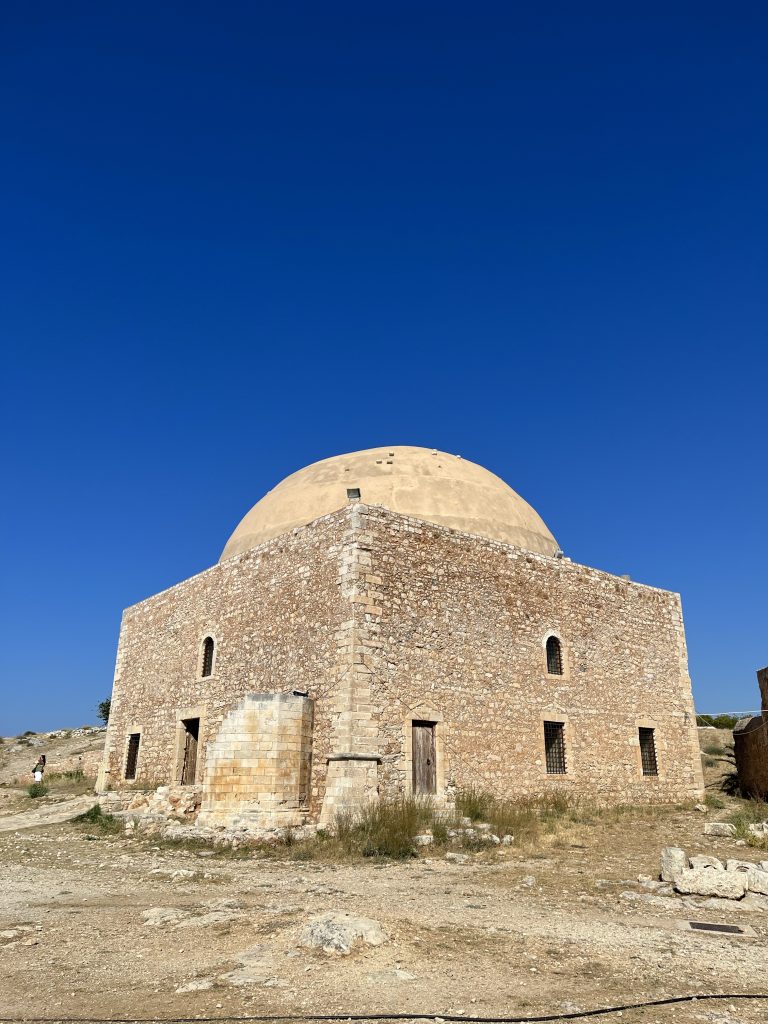
Wasting no time, straight after the Ottoman conquest the Turks demolished St Nicholas Cathedral and built a mosque instead. It was dedicated to Ibrahim Khan, the reigning sultan. It’s used for exhibitions and music events now.
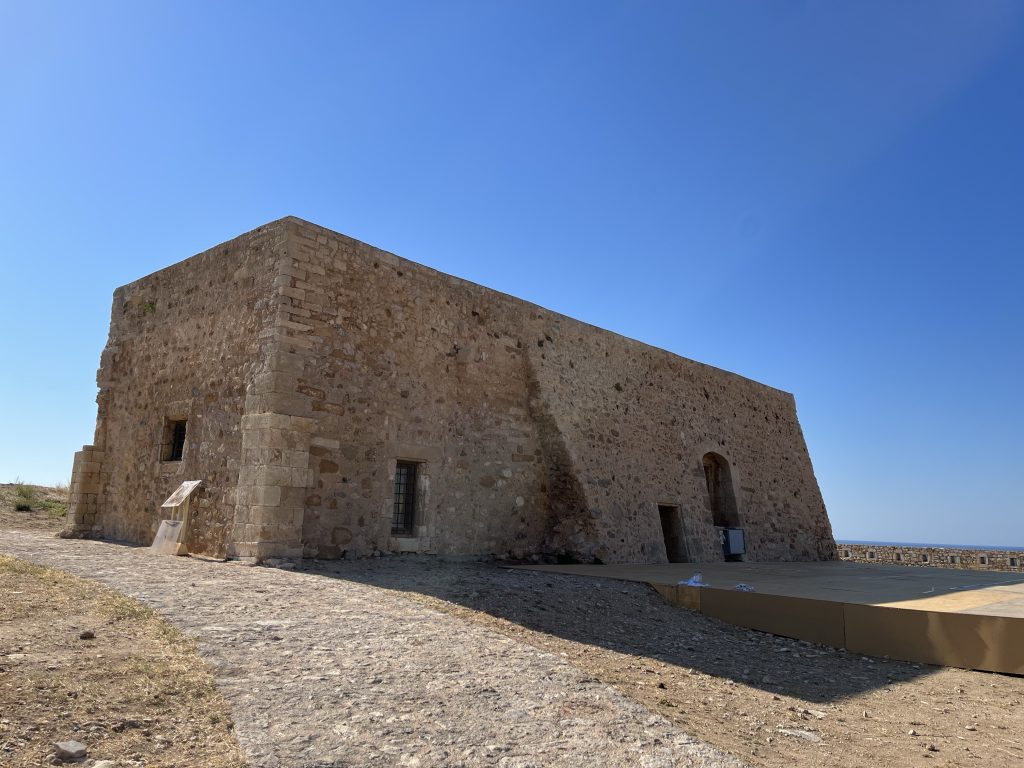
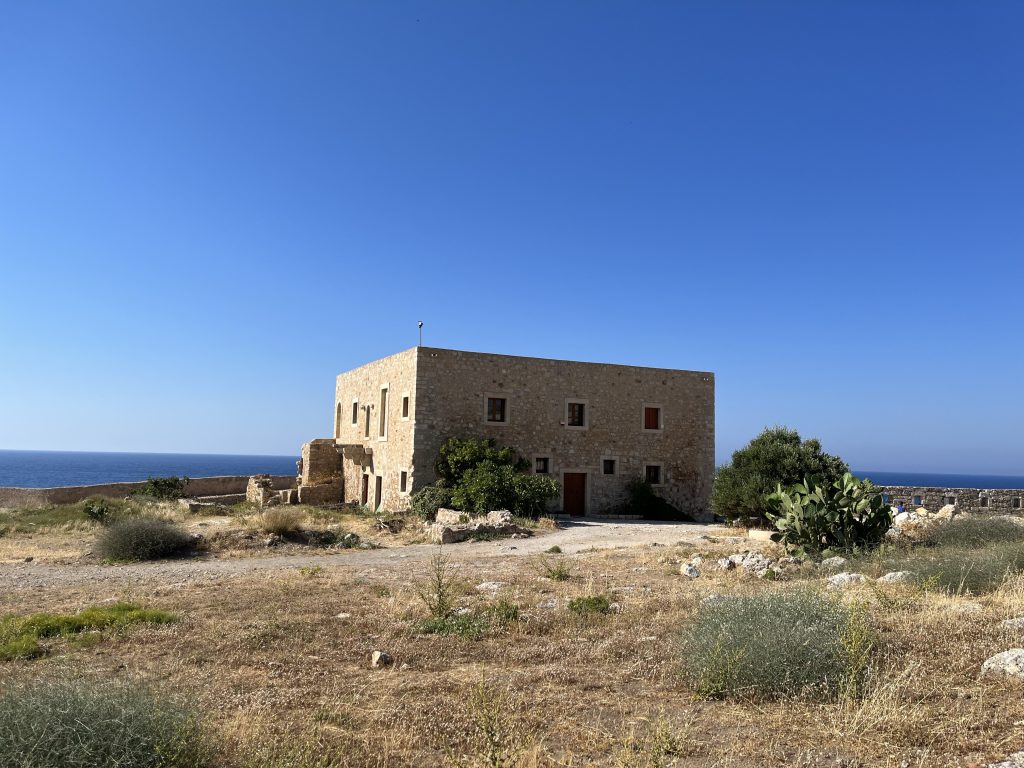
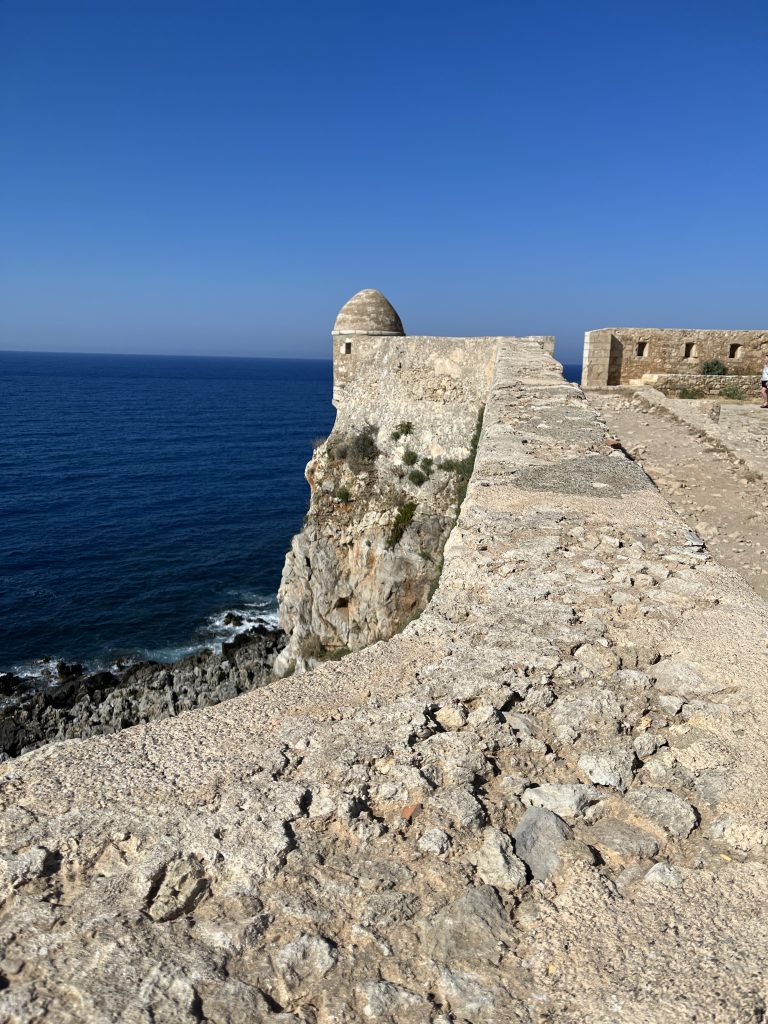
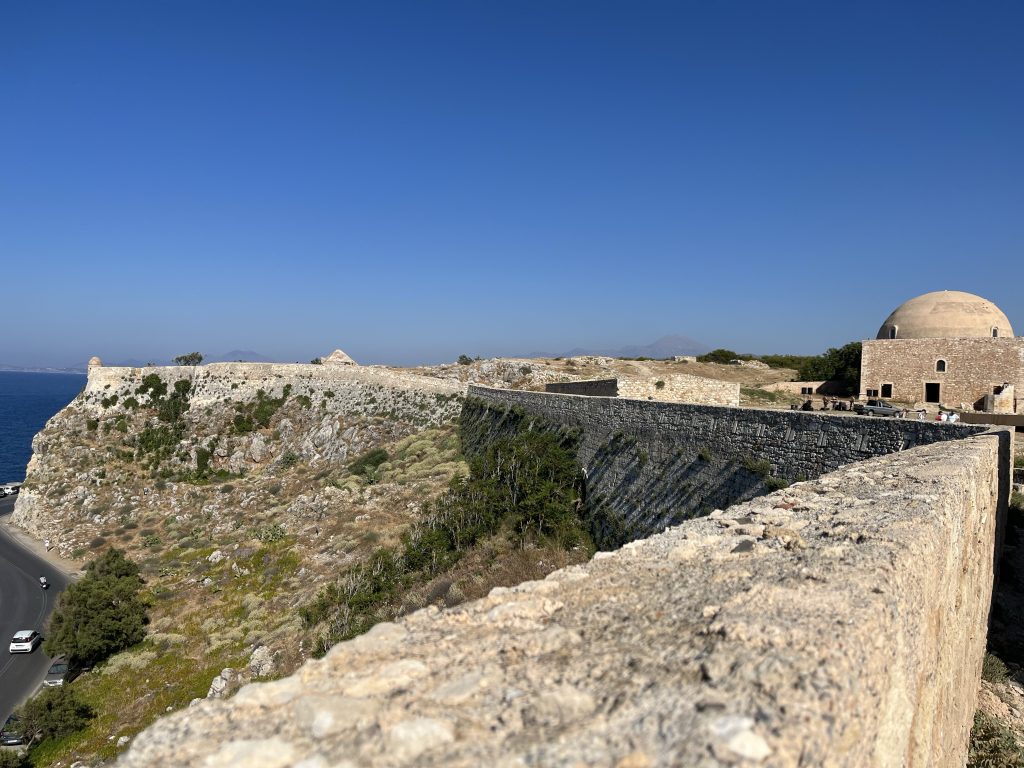
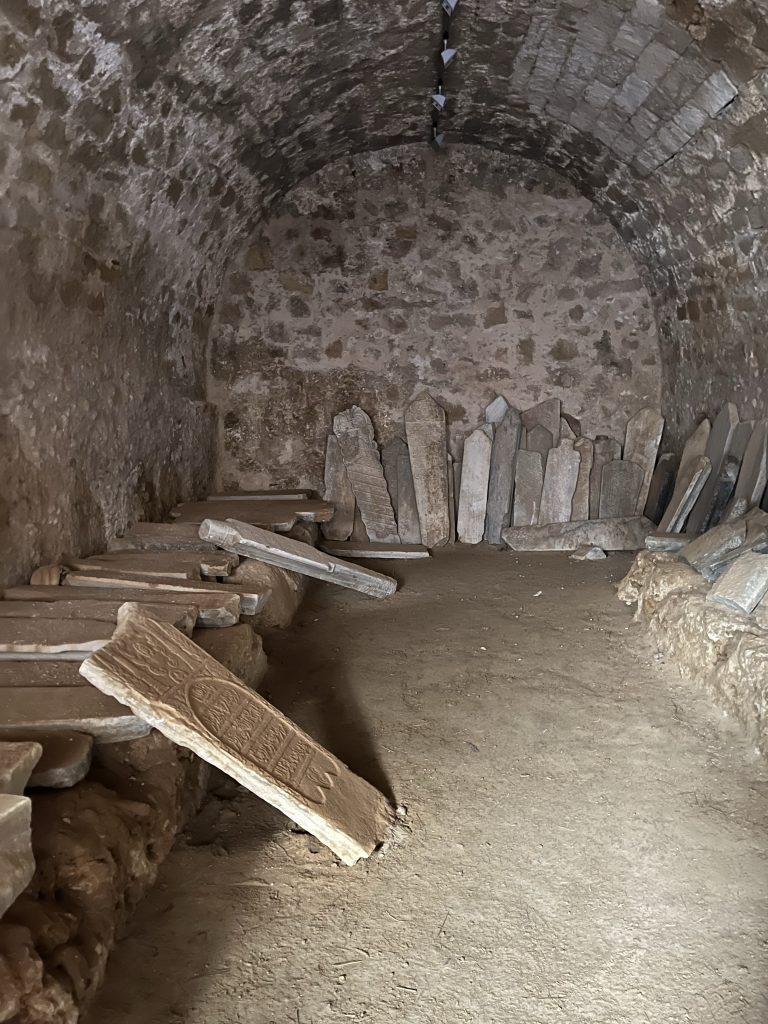
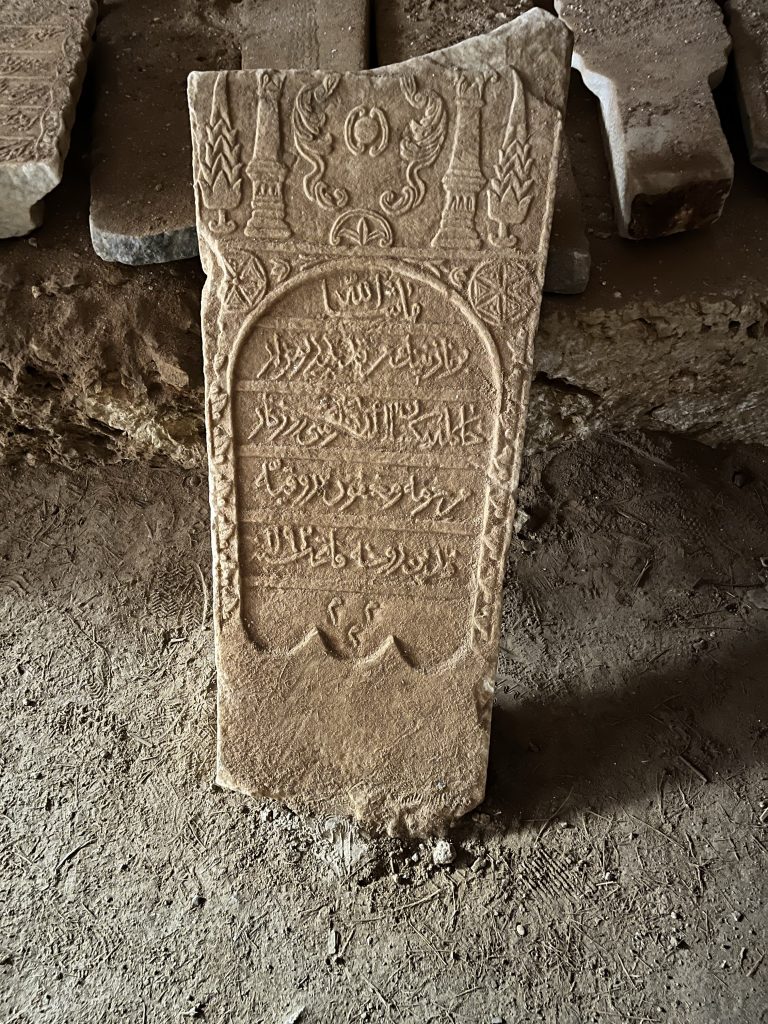
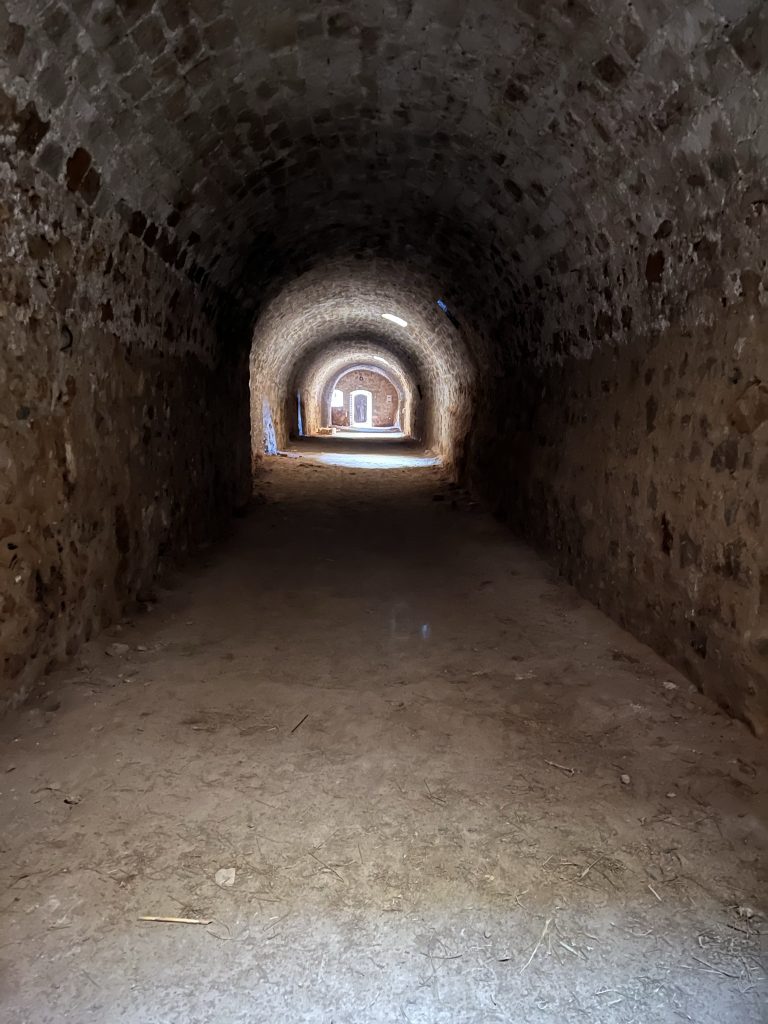
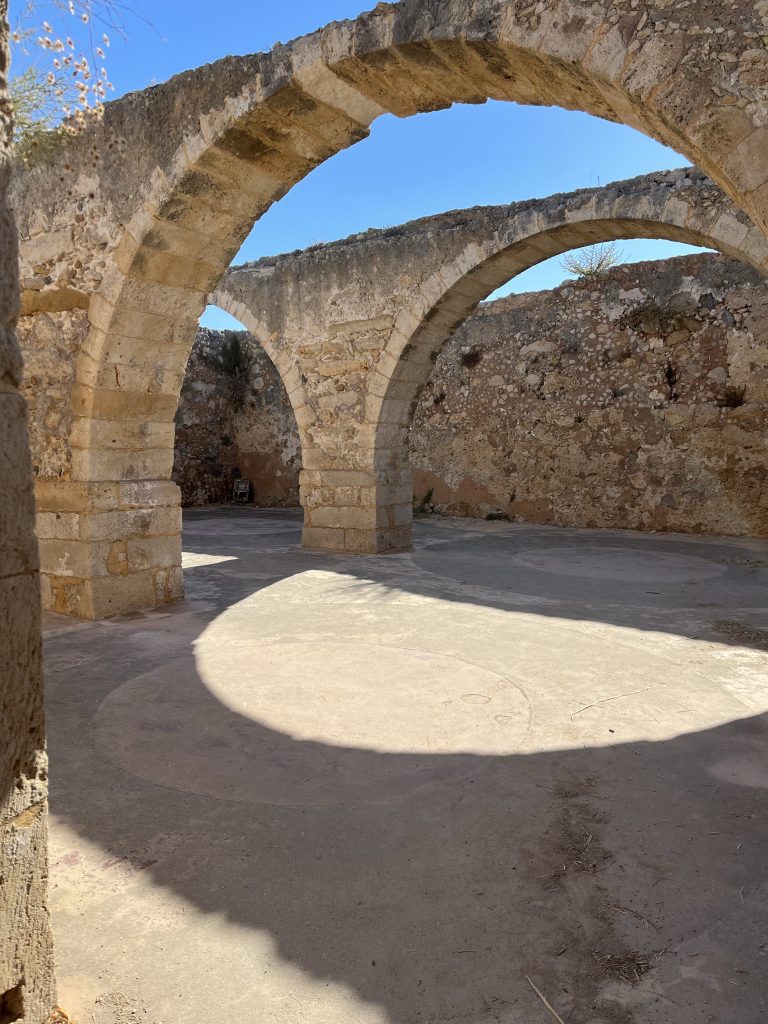
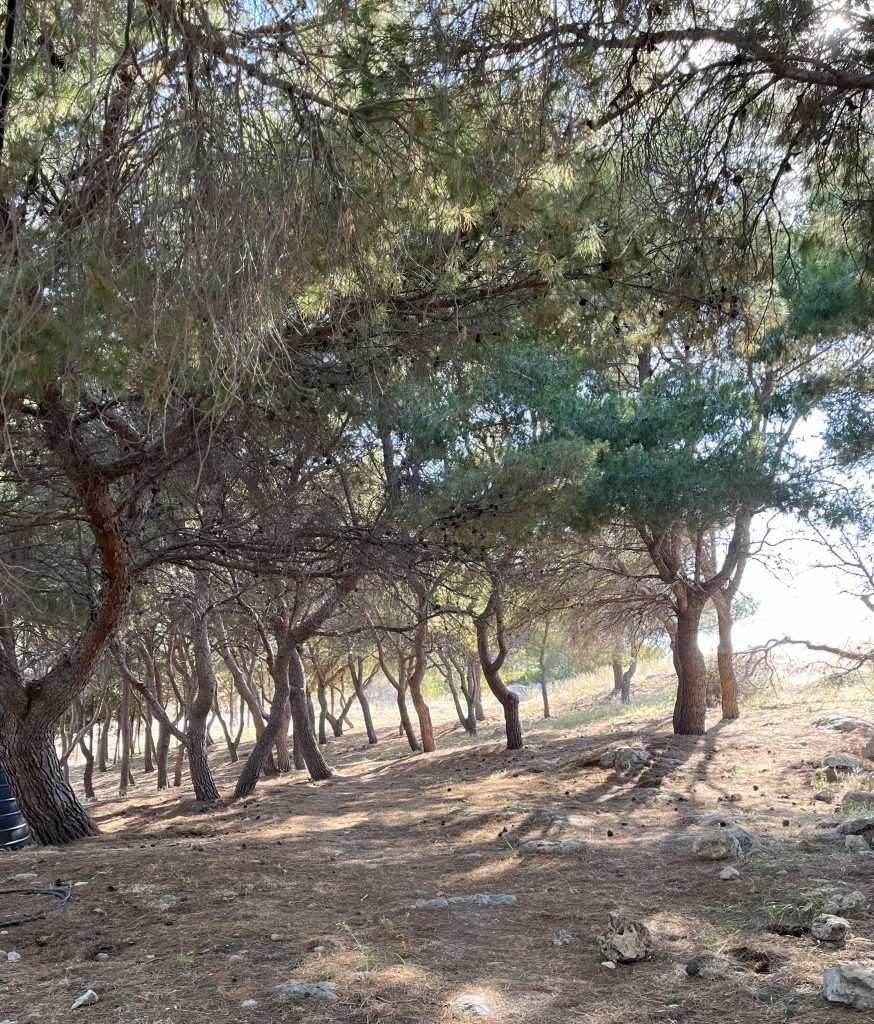
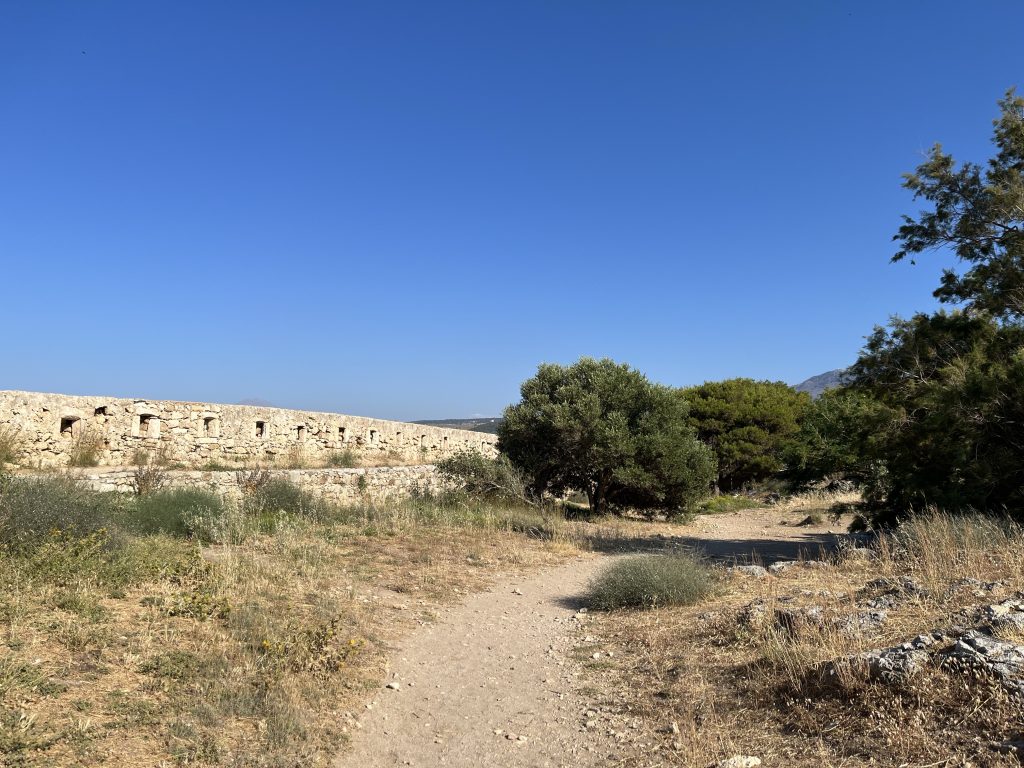
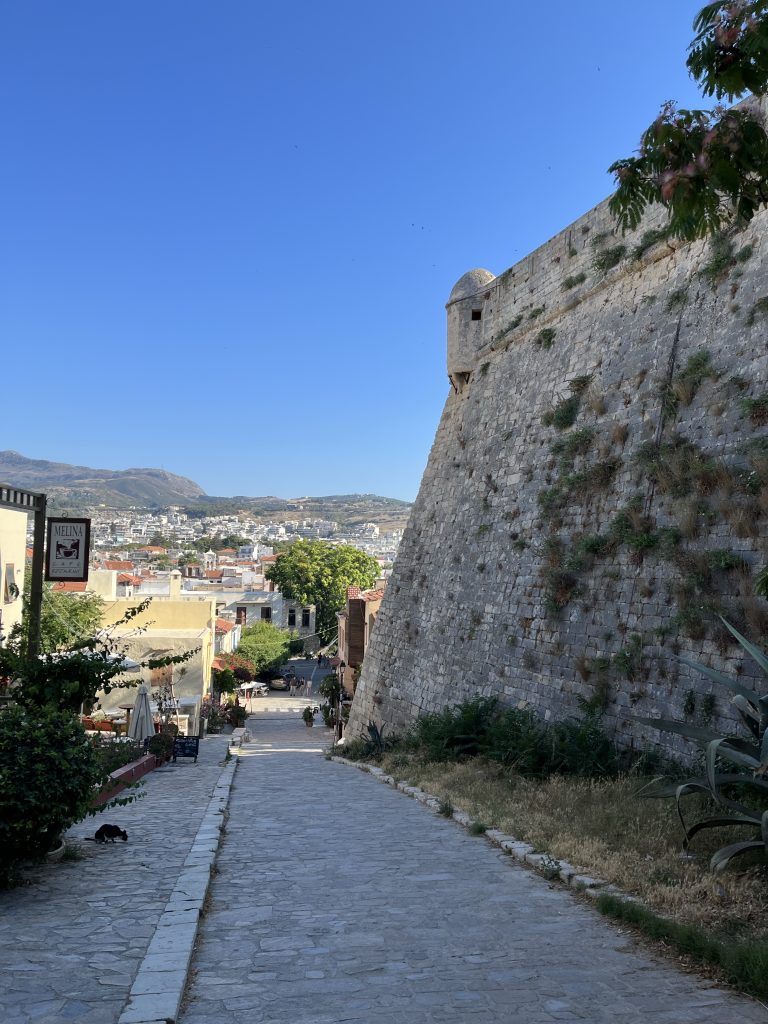
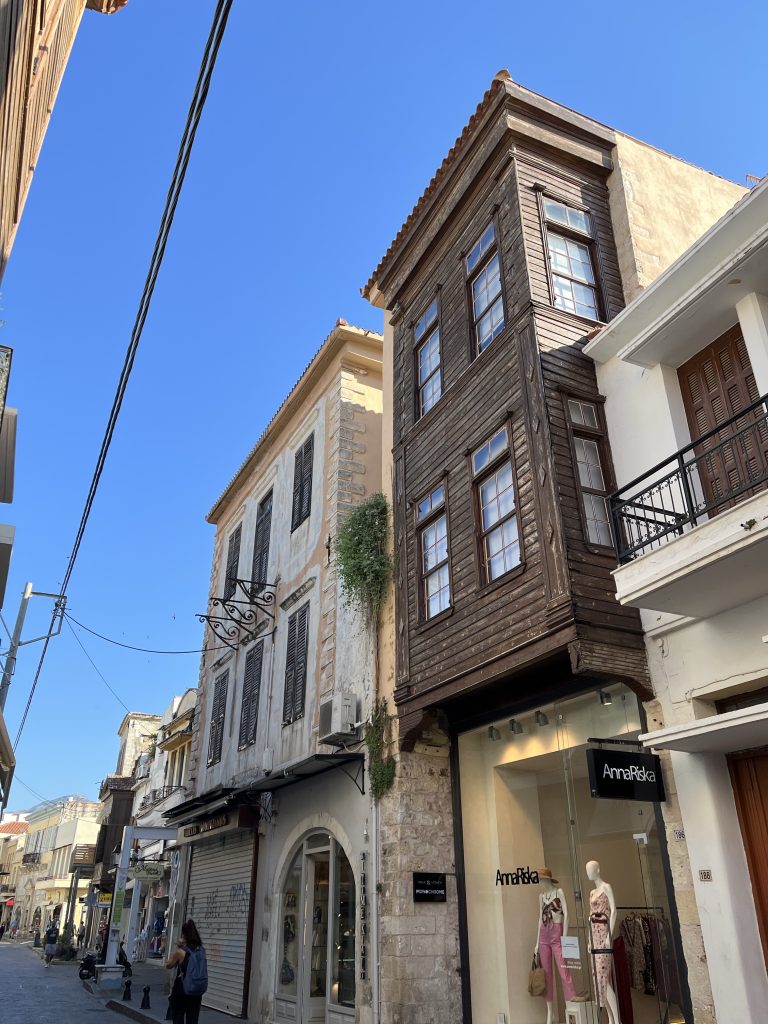
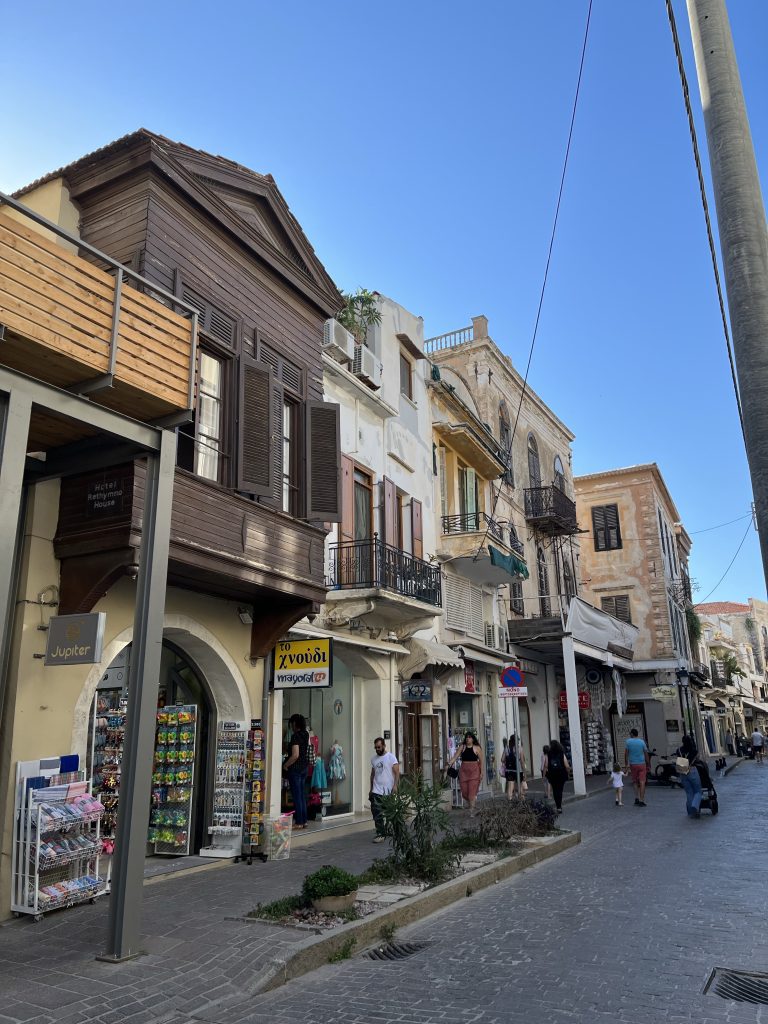
A brief footnote
All that stuff above is a few hundred years old. I went to the archeological museum today, Wednesday, and the vases and urns etc below are 4000 years old!
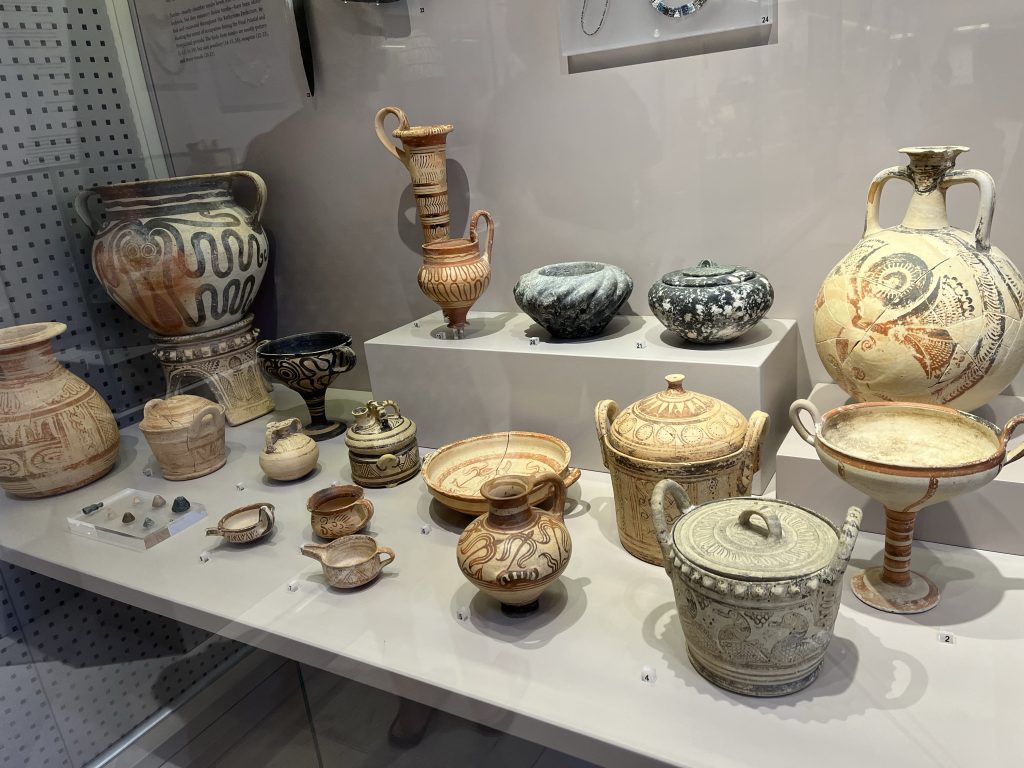
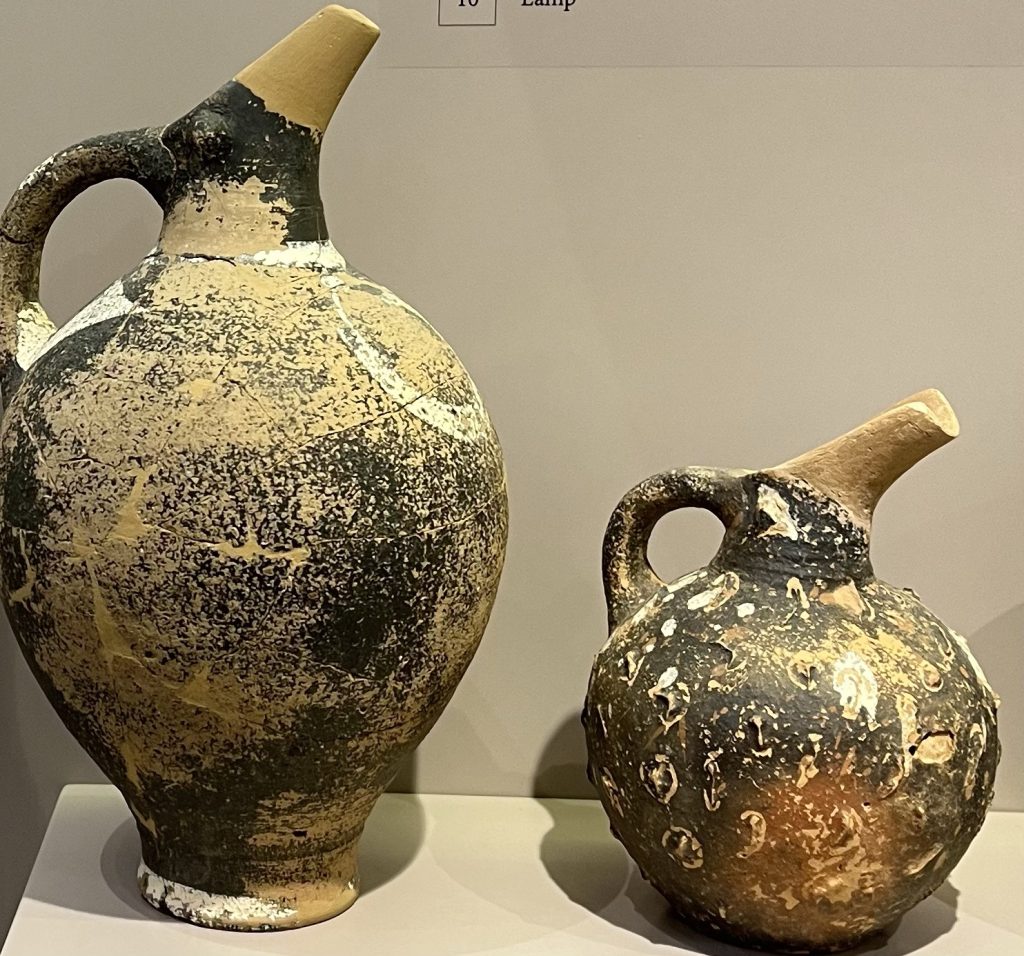
That’s all on the Fortezza
That’s all for now. I fear I may be becoming a fortress anorak. But as well as inhabiting Rethymno’s Venetian and Ottoman streets I’m frequenting 1980s Glasgow tenements and the world of Shuggie Bain, a first novel and 2020 Booker prize winner by Douglas Stuart. If you haven’t read it you should.
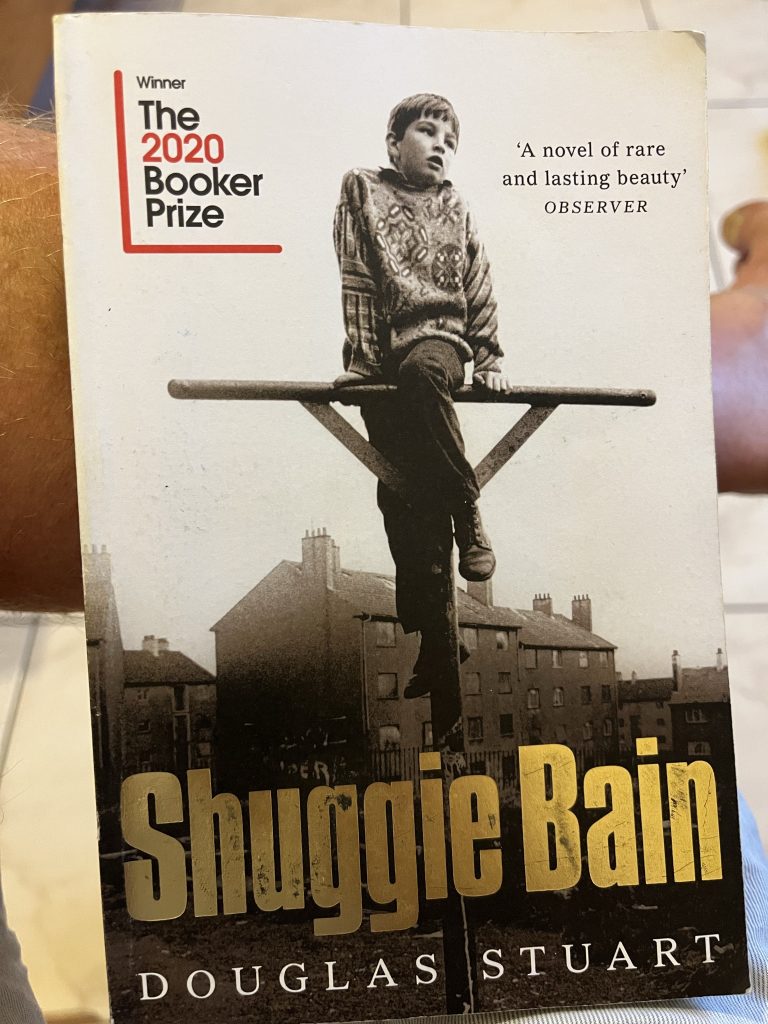
Glasgow tenements quite a contrast I’m sure. Alex said he was reading that too when we met in Exeter the other day.
It’s very good. Bleak and brutal but beautiful too. I’m only a third in and it’s hard to put down.
I started reading it yesterday. Very good.
Glad to hear that you are having a good time.Makes me want to go to Crete again…
Not Glasgow?
Hi Andy, weirdly this ad popped up today as I was reading the online guardian. Looks like the puffin’s still a popular jug design 4000 years later!
https://www.dunelm.com/product/puffin-jug-1000185854
How bizarre – from Minoans to Dunelm – 1000s of years later they live on! 🤣 xx